African Violets
The African Violet is a delightful indoor plant that blooms in a variety of violet and purple shades.
The petals can be deep purple through to pale pink and white as well.
The edges of the petals are different colours and add interest to the shape.
The flowers are surrounded by dark green almost circular leaves. Each bloom has a small yellow center.
The basic structure of yellow, violet and green leaves is an excellent shape that lends itself to crochet.
African Violet Care
African violets like to be in bright spots but not direct sunlight.
Place them anywhere and even in the bathroom near a window.
When the flowers die off pinch them out as others will grow in their place.
They are forgiving little plants and will bloom several times a year.
Propagation
This dainty little plant can be easily grown from a leaf cutting just thrust into fresh soil and the new leaves will shoot up from the cut base of the original leaf.
Watering
The trick to watering an African violet is to use tepid water and never cold water.
Never drip water onto the leaves, but instead carefully pour water onto the soil in the pot.
Water once a week with about a half a cup of water.
If the leaves get dusty you can brush them lightly with a dry paintbrush or a pastry brush.
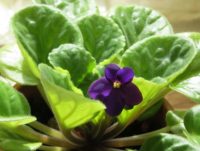
African Violet Hexagonal Motif
Shapes can be powerful symbols in themselves.
Many motifs in crochet are square and this one is a hexagon. Six sided shapes are found in nature where bees make honey.
The balance of six side makes the shape of a hexagon itself somewhat satisfying to see and agreeable to work with.
Use this basic six sided motif to create many items.
It can be used for a simple coaster or combined with others to make larger projects like scarves, shawls or blankets.
Note:
With the African violet flower hexagon motif I have made a small blanket to lay at the bottom of my bed.
When I have a lie down in the afternoon (to read you know) I can slip my feet underneath the light blanket to keep my toes warm in case I nod off.
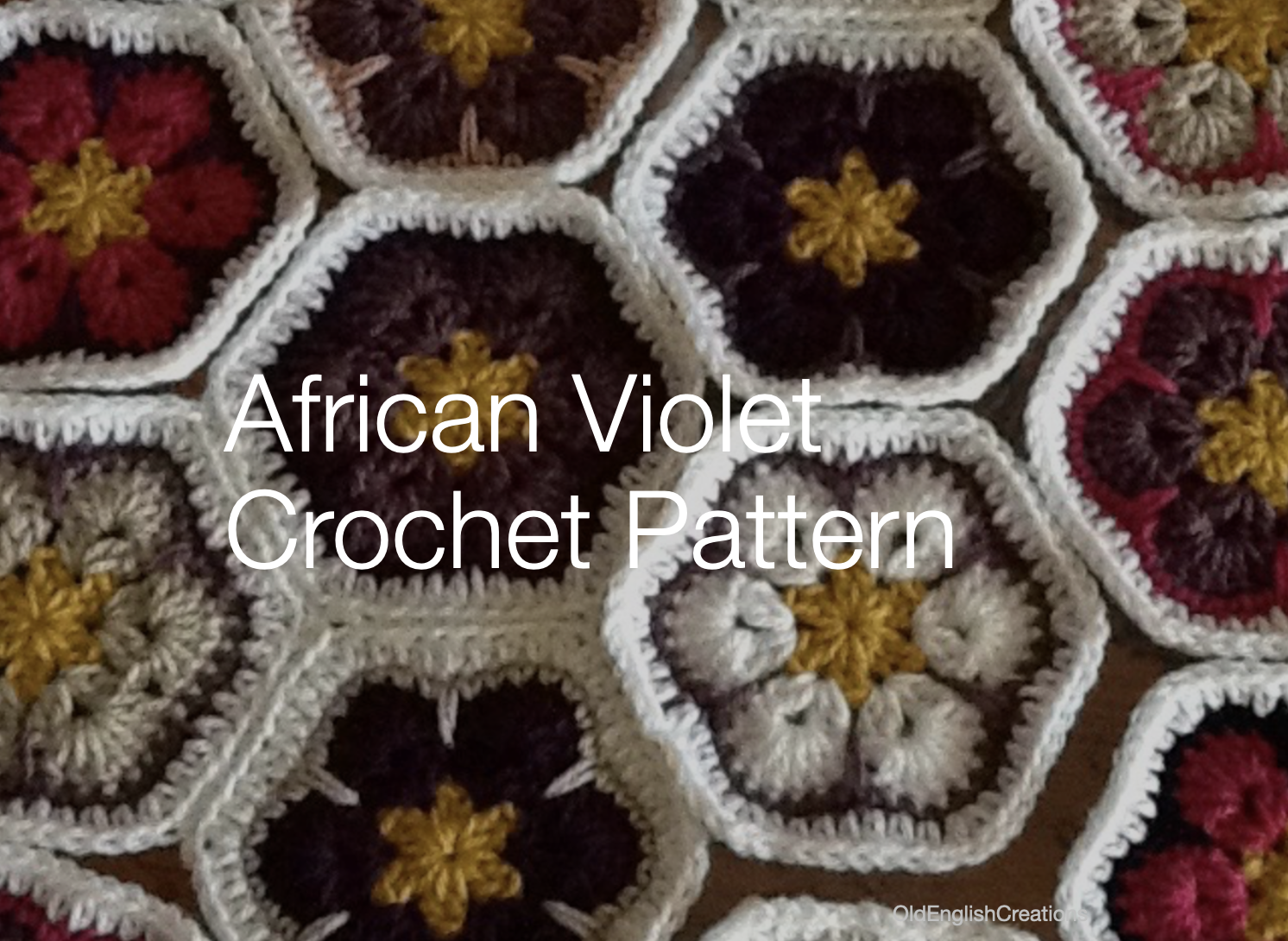
African Violet Crochet Pattern Details
You will need…
You will need yarn in yellow, white and complimentary shades of violet, pinks and purples.
You may use as few as two violet colours (one main and one complimentary) or as many colours as you like in a random fashion.
Use one color for the edging and in this case I have chosen white.
Note: My bedroom is mainly light and neutral and this is why I chose white as the edging for this blanket. You can select a colour that will compliment your bedroom colour scheme and use that as the edging colour on the last round.
Stitches used in this pattern
There are four basic crochet stitches used in the African violet flower motif and one special stitch, the spike stitch.
Please note, we use the US crochet stitch terminology and not UK on all patterns on this site.
- Chain (ch).
- Single crochet (sc).
- Double crochet (dc).
- Half double crochet (hdc).
- Spike stitch (sp st) see note below.
Special stitches
Spike stitch (sp st) insert your hook into the gap in the row below the current row and pull up a loop loosely (two loops on hook), yarn over pull through both loops.
African Violet Crochet Pattern
Center chain ring: With yellow. Ch 5, join with a sl st to form ring.
Round 1: Ch 2 (as 1st dc), dc, ch 1, *dc 2 ch 1*, repeat from * to * [4] times, sl st to join at top of 1st st. Cut yarn.
Round 2: Join violet with sl st into space. Ch 2 (as 1st dc), ch 1, dc 2, * dc 2, ch1, dc 2 * repeat [4] times. Join with sl st.
Round 3: Sl st into next 2 sts (to be in space), Ch 2 (as 1st dc), dc 6 into space, * in next space dc 7 *, repeat from * to * [4] times, join with sl st. Fasten off.
Round 4: Join contrast colour. Sl st to join into the 1st st on the left of a petal. Sc6 until you get to the gap between two petals. * Sp st, sc 7 * repeat from * to * [4] times. Join with sl st. Fasten off.
Round 5: Join white. Hdc1 in every stitch until you get to the middle st of the 7 sts in the petal, in this middle st (hdc 1, ch 1, hdc 1). Continue until end making all 6 points at the top of the petals. Join with sl st. Fasten off.
Finishing
Sew in all ends by weaving up the edge of the motif.
Layout the motifs is an appealing way if you have use random colours. Take your time with the colour placement.
Pick up two motifs and with right sides facing sew them together.
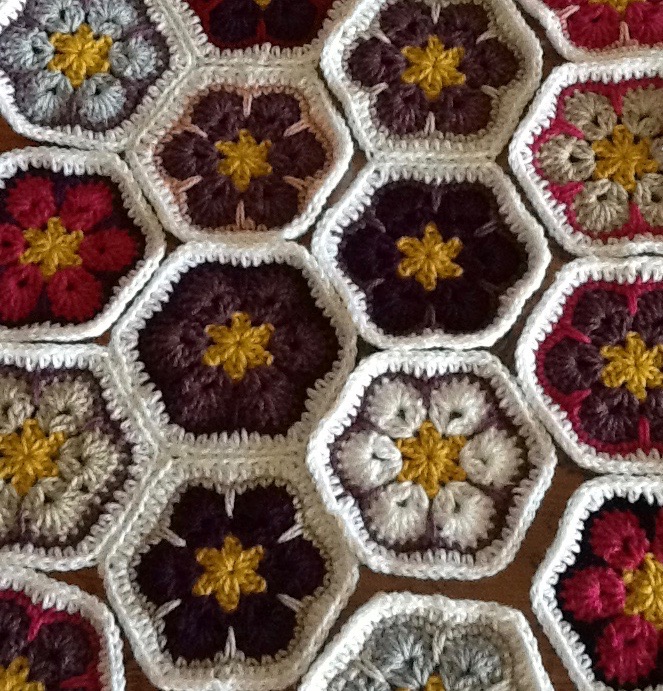
“Outer loops only” sew-up method
Sew with white and a tapestry sewing needle through the outer loops only of the top row of stitches. Double stitch at the corners to keep them sharp.
This method leaves an attractive edge to each motif when laid flat.
Do not sew through both loops.
Note: Joining the hexagons by sewing them results in a firmer, smoother and less bulky seam than crocheting them together does.
Sewing may seam seem to take longer but it makes for a far superior finish.
Sewn crochet blankets will last better in the wash and after ten years they will still be joined.
I still own an acrylic crocheted blanket that I made in 1990. I use it every day and wash twice a month and the seams are only now starting to fray.


Author Bio
Alison Heathcote, a passionate crochet enthusiast and dedicated business blogger, combines her love for crafting and entrepreneurship to inspire and connect with others.
With a knack for transforming yarn into beautiful creations and a flair for sharing valuable insights about running a successful crochet business, Alison embodies the perfect blend of creativity and practicality.
More Articles
If you enjoyed this post and crochet is your thing, you may like some other crochet articles from our blog.
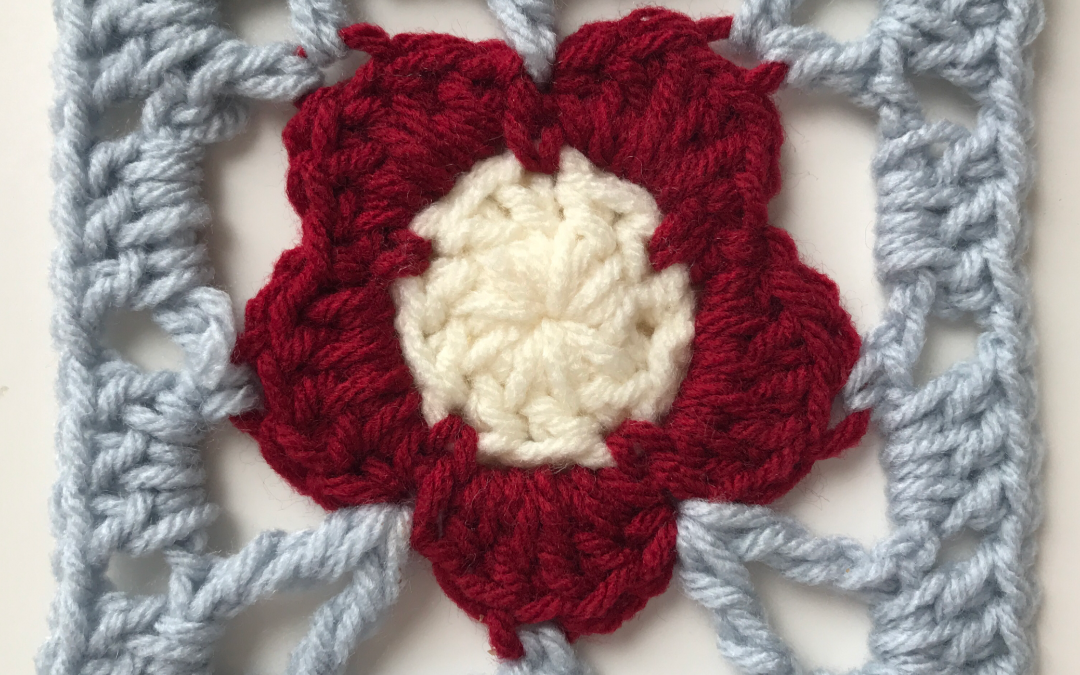
Tudor Rose Granny
Discover how you can use our Tudor Rose granny for blankets or make them up into a bag.
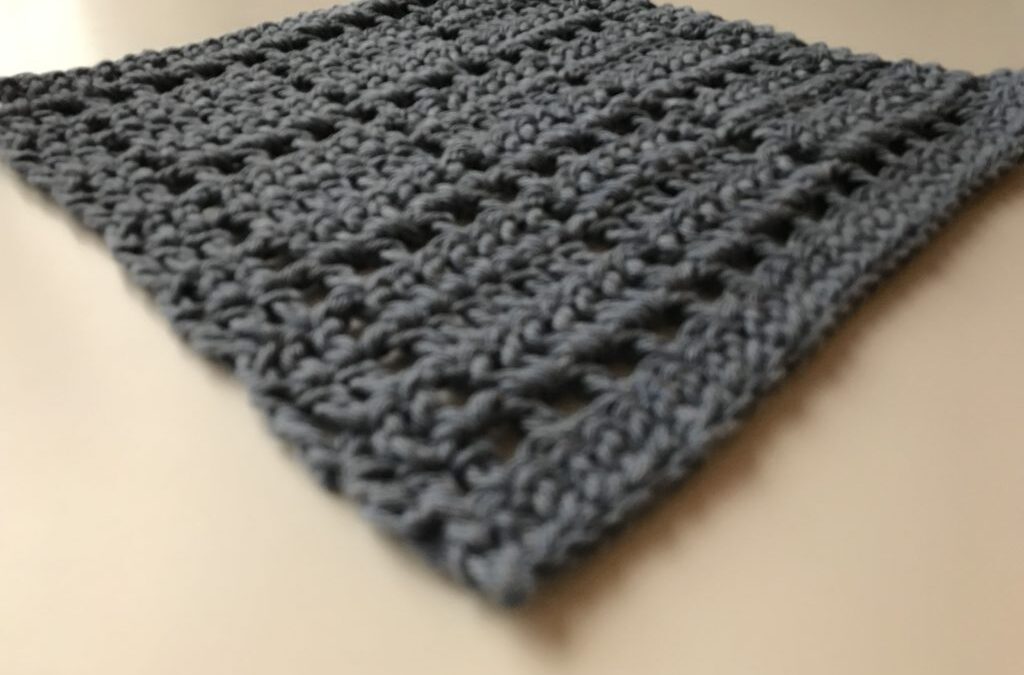
Springtime Wash Cloth Crochet Pattern
by Alison Stapleton To have cotton washcloths, or flannels in your home is kind to the environment. Make some for every member of your family in different colours. I typically use my washcloth once and then launder it in the washing machine. Every day freshness...
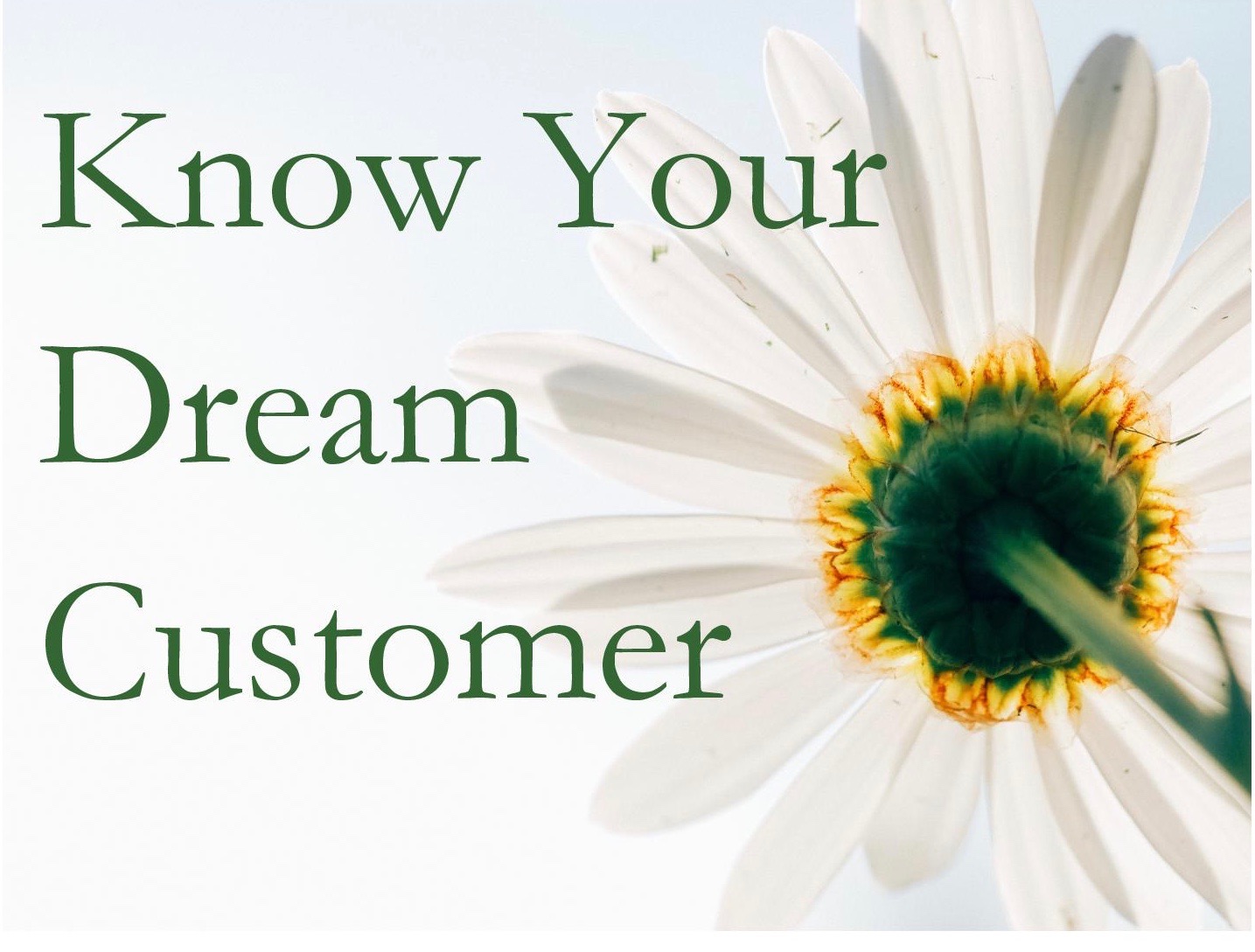
Know Your Dream Customer
The Beginning You start to crochet the day you pick up your first hook (the day before that you had never held a hook and knew not of this captivating craft). From that day onwards (we shall call it Hook Day) you can say you are a crocheter to some degree. Although it...